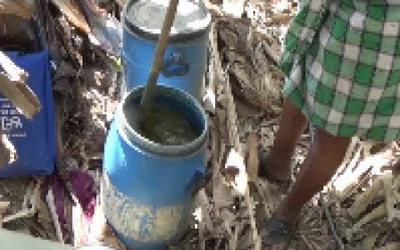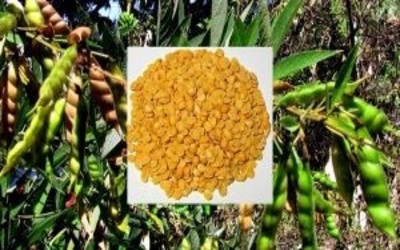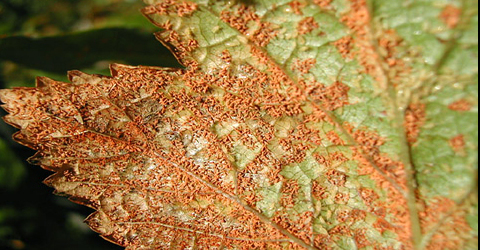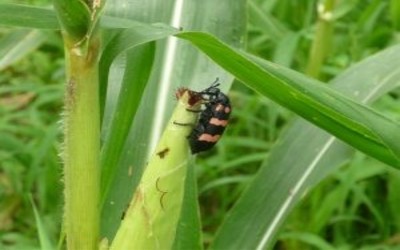
Grass Fertilizer-nutrients available in grass fertilizer
It is difficult to beat a piece of grass as fertilizer, which is usually low-cost, because they are usually free. Grass fertilizers are used to prevent weeds and to maintain the protection of moisture in the soil. However, nitrogen content is different in each batch. Along with this, in the growing season for plant growth, 1 to 2 inches tall of grass, only one layer is sufficient. Do not use such a weed grass which has been grown using herbicide.

Nutrients and fertilizers
It is very good to tell people that the piece of grass is a very good natural fertilizer. In which nitrogen, phosphorus, and potassium (N, P, K) are the least rich. These are the numbers and names you see on a bag of fertilizer in your local home and garden centre. 30-0-8 means that the amount of 30% nitrogen, 0% phosphorus, and 8% potassium is present. It not only keeps your garden healthy, but it also shows green with its use. Along with this, it also helps in the prevention of weed killers.
We see, that most weeds, such as: – Dondelions, Charlie creep and clovers are usually like an acidic soil, which grow with pH below 7.0. In addition, keeping the pieces of grass in the garden, especially the amount of phosphorus and nutrients is increased. Keeping the natural pH 7.0 of the garden helps keep these weeds present.
Grass fertilizers contain nitrogen, oxygen and phosphorus in rich form.
Preparation method of grass fertilizer: –
1. Fill the fresh grass pieces completely by 2/3 part of the 5 gallon bucket.
2. Fill the water up to a few inches below the top.
3. Leave it for 3 days at room temperature, and mix this mixture once a day.
4. Filter the liquid mixture.
5. Dilute “tea” with water of equal parts.
6. Using foliar-spray, fertilize the fertilizer on the soil and leaves.
Benefit:
It offers free food to the garden. At the same time, the most important thing is that you should put it in your garden regularly, because there is a beneficial nutrient (nitrogen and potassium) present in the piece of grass, although it is available only in small quantities .
Caution:
Do not use herbicide grass.




















